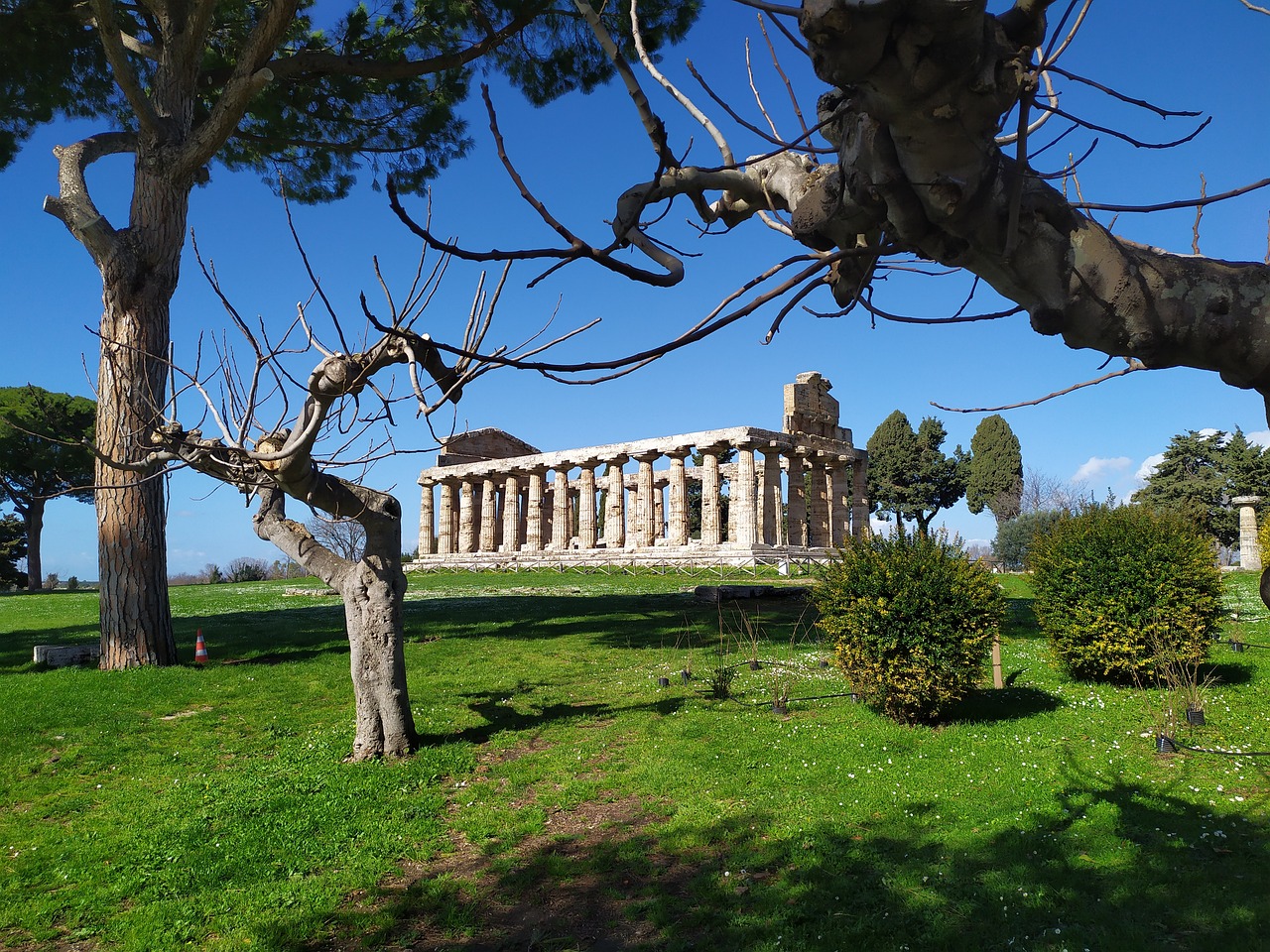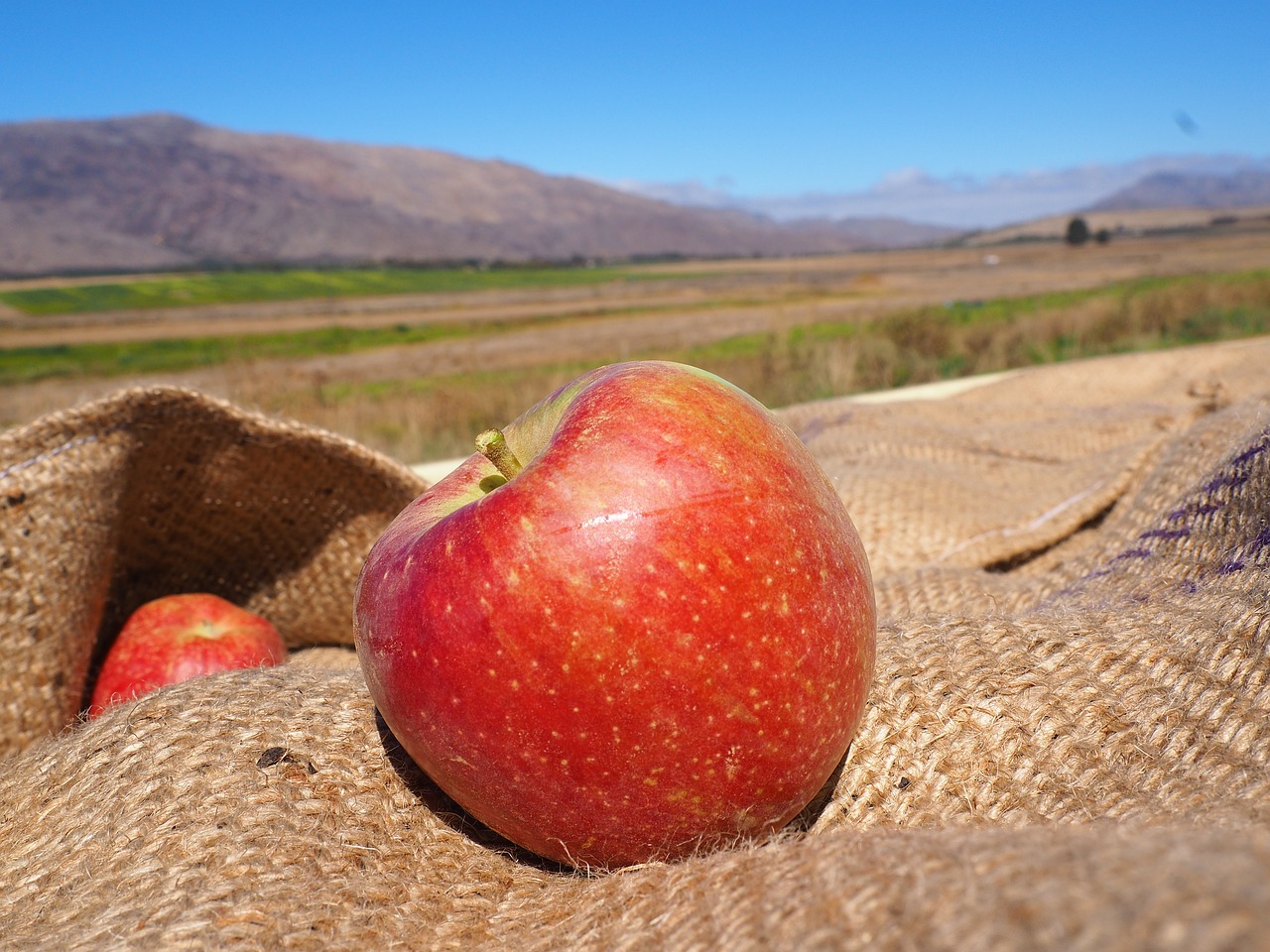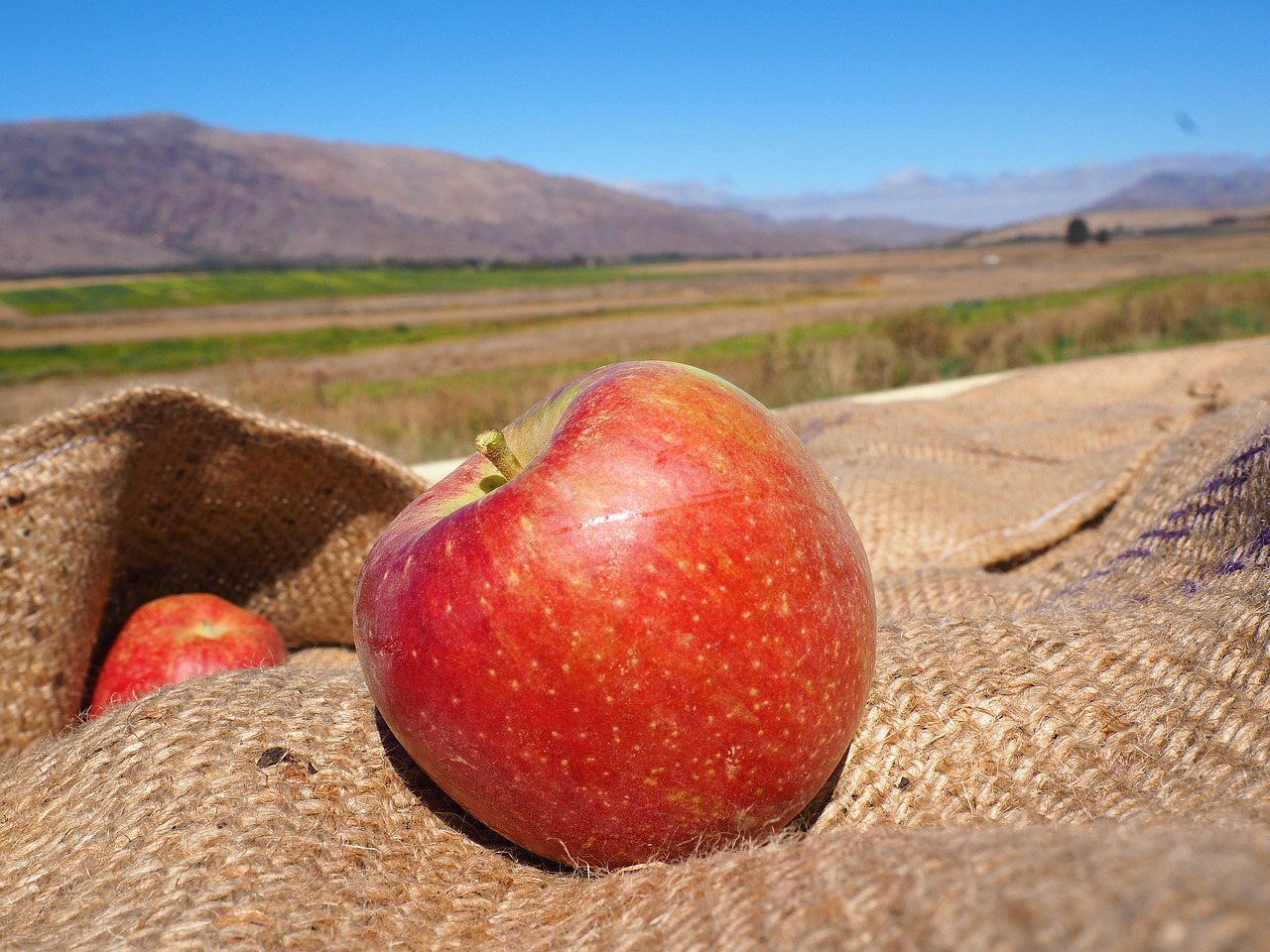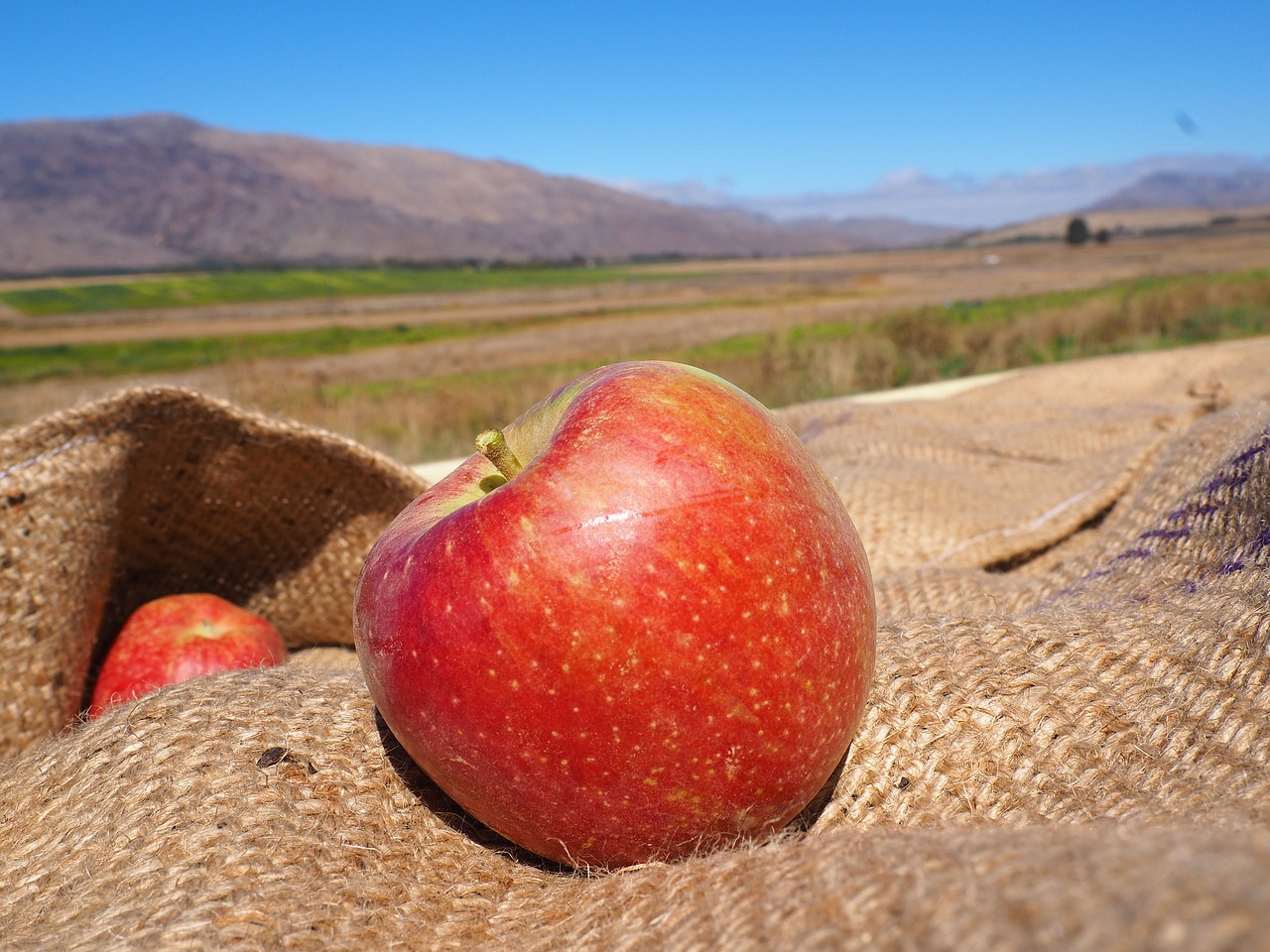Tag: Ceres
-
The Abduction of Proserpina: A Roman Interpretation Greek and Roman Names – Greek: Περσεφονη (Persephonê) – Roman: Proserpina – Underworld Gods: Ἁιδης (Hades) / Pluto, Dis The tale of the abduction of Proserpina, known as “The Rape of Proserpina,” offers a Roman perspective on the story of Proserpina, the goddess of spring, who was abducted…
-
Understanding Ceres: The Roman Goddess of Agriculture The figure of Ceres has deep historical significance, connected to the origins of agriculture, which began approximately 10,000 years ago as the climate warmed post-Ice Age. This period marked humanity’s shift toward cultivating crops to ensure a consistent food supply, reducing reliance on hunting and foraging. This agricultural…
-
Ceres, the Roman goddess associated with agriculture and harvest, plays an integral role in mythology, symbolizing both bounty and scarcity. While her blessings bring about abundant crops, her discontent leads to blight and famine. She is often envisioned as a nurturing matron adorned with symbols such as the sickle, grains, and cornucopia. Her Greek equivalent…
-
The tale of Proserpina and Pluto, as narrated in Ovid’s “Metamorphoses,” depicts a forced union between the god of the Underworld and Ceres’ daughter, Proserpina. This event was initiated by Cupid, who struck Pluto with a golden arrow to incite instant desire, acting on the wishes of Venus, the goddess of love. Venus asserted that…
-
Ceres, recognized in Roman mythology as the goddess of agriculture and harvest, wielded the power to bless humanity with bountiful crops, while her displeasure could lead to blight, drought, and famine. Typically depicted as a matronly figure, her symbols include the sickle, sheaves of grain, and the cornucopia. She aligns with Demeter, her Greek counterpart…
-
Ceres: The Roman Goddess of Agriculture and Fertility Overview Ceres stands as the Roman goddess of grain and fertility, particularly in agriculture. Her influence stretches beyond the realm of crops to encompass motherhood, lawfulness, and the safeguarding of the Roman commoners, known as the plebeians. Much of what is known about Ceres draws heavily from…
-
The Abduction of Proserpina: A Roman Perspective Introduction to Proserpina The story of the abduction of Proserpina, known as Persphone in Greek mythology, unfolds a rich narrative within the framework of Roman mythology. This tale depicts her tragic union with Pluto, the ruler of the underworld. This rendition highlights various Latin interpretations, notably Ovid’s renowned…
-
The story of Proserpina and Pluto, found in Ovid’s “Metamorphoses,” narrates a troubling tale of the god of the Underworld seizing the harvest goddess Ceres’ daughter in a non-consensual act. This event was initiated when Cupid, fulfilling Venus’s orders, struck Pluto with a golden arrow, creating an irresistible attraction. Venus, believing in her ability to…
-
Introduction to Ceres: The Roman Goddess of Agriculture Ceres, the Roman goddess of grain and agricultural fertility, encompasses broader connections with femininity, motherhood, the underworld, civil order, and the defense of the plebeians. A significant aspect of her mythology aligns closely with the Greek goddess Demeter, particularly in her narrative of mourning for her daughter,…
-
Ceres, revered as the goddess of agriculture and harvest in Roman mythology, wielded great influence over crop abundance and fertility. She was both a nurturer and a punisher: her blessings ensured bountiful harvests, while her anger could lead to famine or droughts. Often portrayed as a matronly figure, Ceres was typically associated with symbols such…










